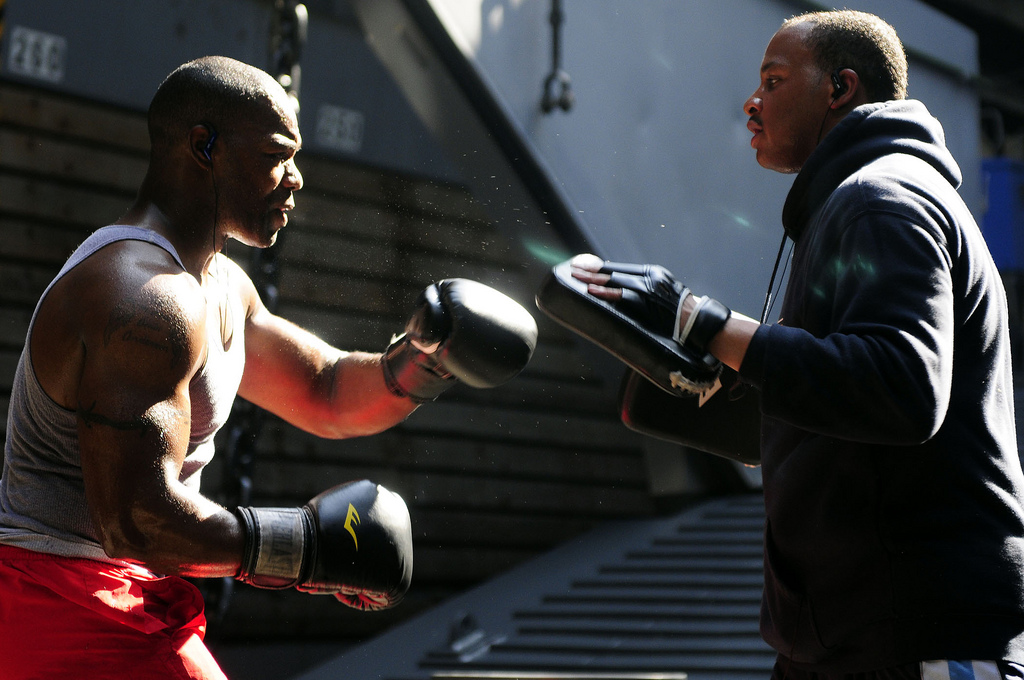
By Dr. Tomi Wahlstrom |
Boxing is called the sweet science for a good reason. There is a lot more to it than meets the eye. It is not just about violence. It is technically not a combat sport although often classified as such. It is much more than just fighting. Some feel that boxing is physically the most demanding sport. Anyone who trains to be a boxer knows why this is the case. It takes years and years of practice to perfect every punch and every technique. It also takes an endless amount of conditioning to build the endurance needed. Boxing is scientific in many ways. First, the exercise science aspect of it is very noteworthy. Second, the psychological aspects are quite scientific. Third, the technical aspects of boxing are very complex and often seen as a science of its own. At the same time, there is also an artistic element to boxing. Even the most technically flawless and physically conditioned boxer needs to have style. After all, boxing is entertainment.
Why is boxing called the sweet science? Perhaps because it takes years if not decades to excel every movement. Boxing is not just about hitting. Boxers use kinetic linking to punch hard. This is, they do not just punch with their arms. They punch with their full bodies using:
- Ground reaction force from the leg to push off.
- Rotational force from the trunk.
- Velocity of the arm strike.
That is, the power of boxer’s punch is generated with the lower extremities while the trunk and arm act as a vehicle to deliver that force. The most experienced boxers use significantly more leg activation compared to less experienced boxers. This is seen in the leg contribution to total power which is 38.6% for experienced boxers vs. 32.2% for intermediate boxers, and 16.5% for novice boxers. The same study looked at comparing boxing styles: knockout artists vs. other styles. In this case, leg contribution to total power was 38.6% for the knockout artists vs. 32.6% for the other style fighters.
We can learn three scientific lessons from this. First, more stability is essential for being able to transfer force. The core musculature are postural muscles and not phasic muscles so they are trained differently. Second, boxers must learn and emphasize using their legs to generate power. This comes down to skill training. Third, boxers need to develop leg strength and power through axial and longitudinal leg and glute exercises.
There is more to the science than just kinetic linking. Boxing is very strategic. Fights involve punching and counterpunching, and adjusting to each other’s styles. They involve preserving energy and investing it wisely throughout the rounds. Boxing is not just about hitting. It is also about not getting hit. Head and leg movement is important, as well as slipping, rolling, and ducking. Boxers must use a combination of jab, cross, hook, and uppercut punches in an optimal order and fashion. There is no perfect recipe. This all comes down to talent and training. There is also a very heavy psychological aspect to boxing. Every fighter must conquer fears, and learn to control emotions. It is all very scientific and this is why boxing is called the sweet science.
Dr. Tomi Wahlstrom is the Provost at the United States Sports Academy.